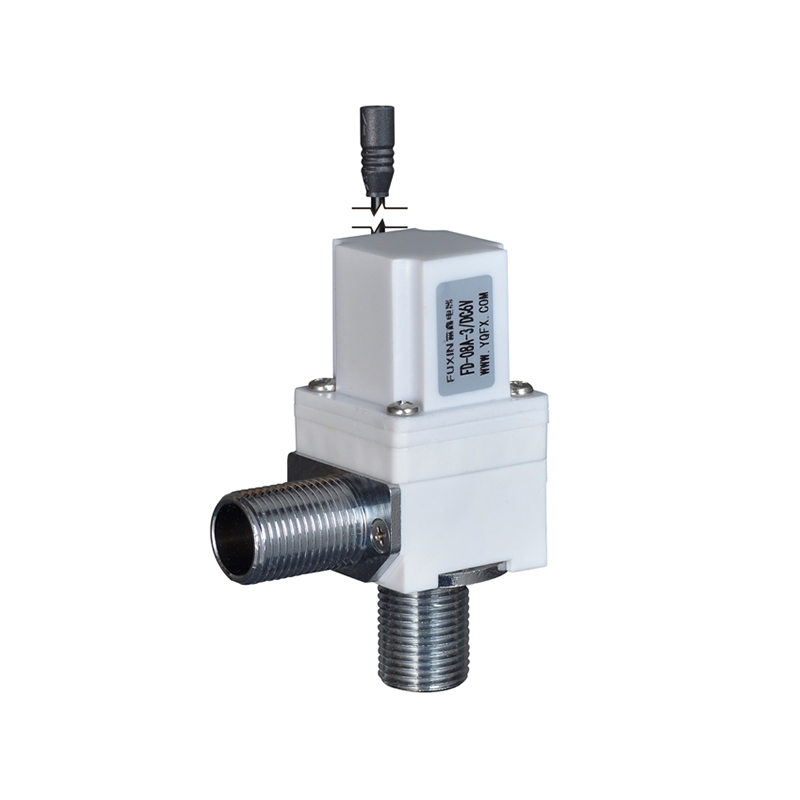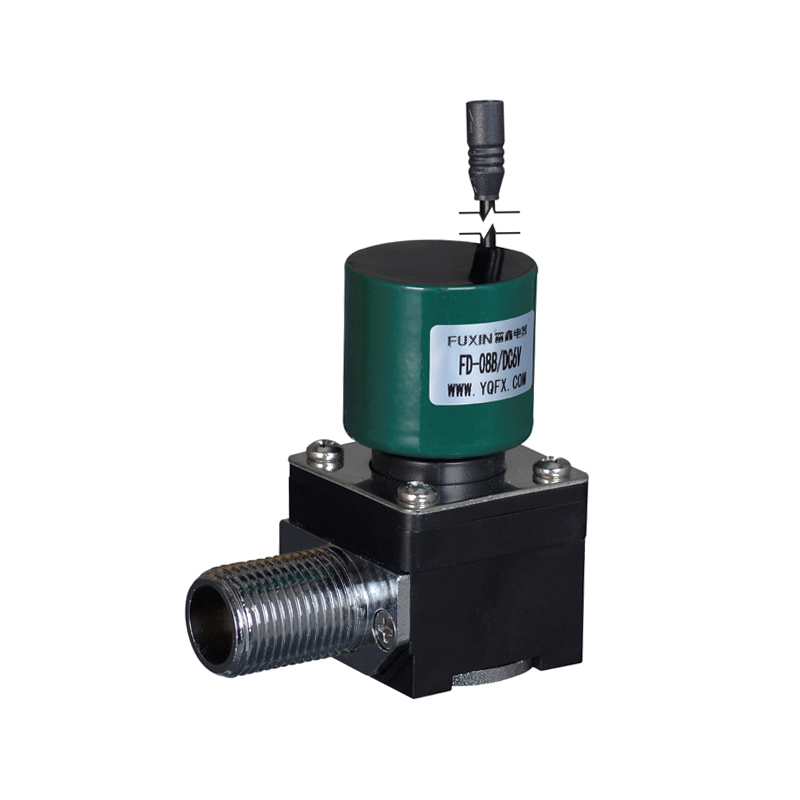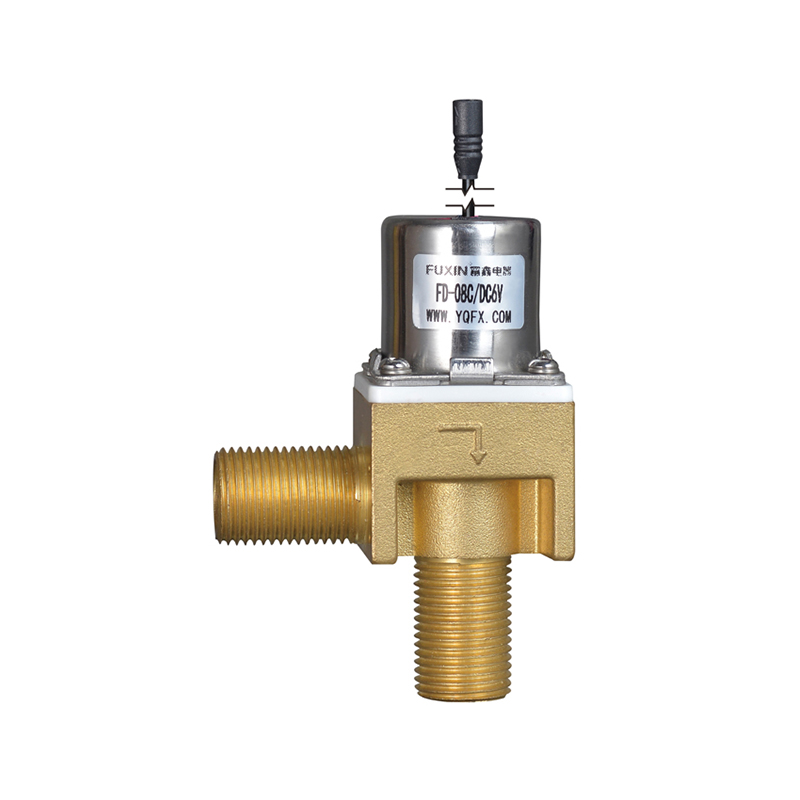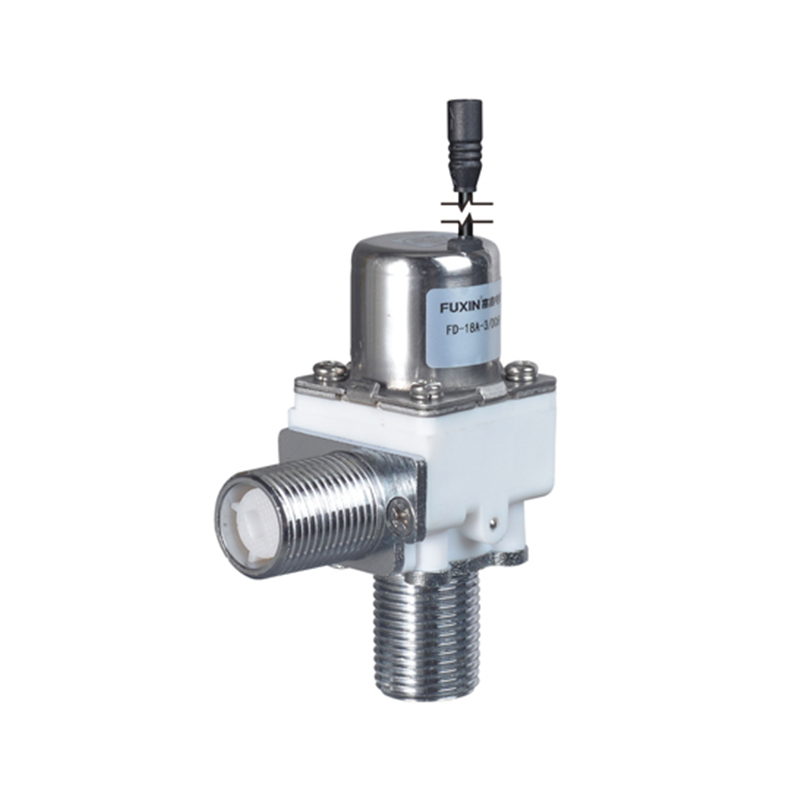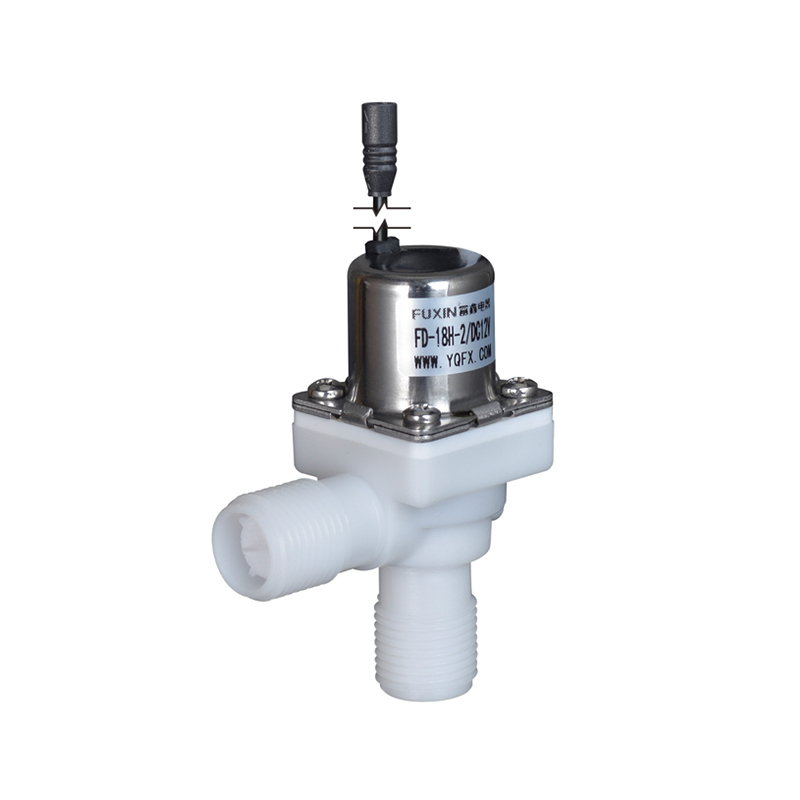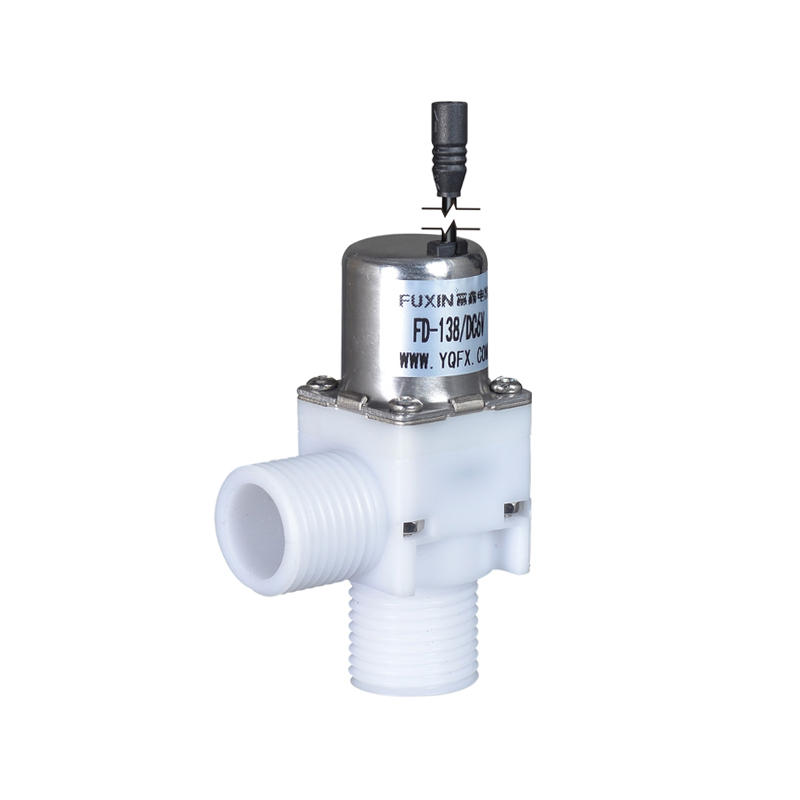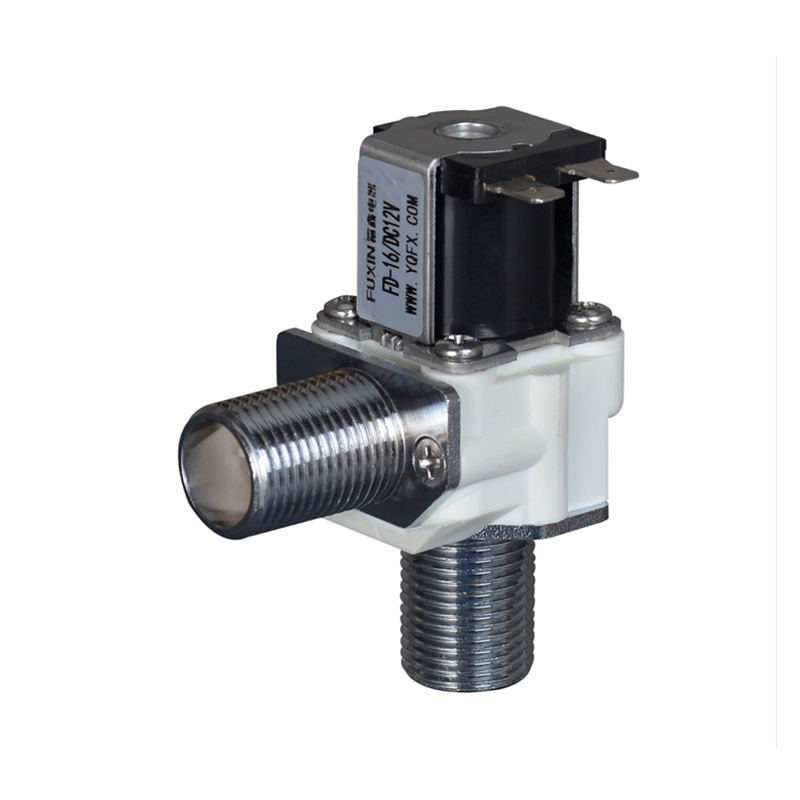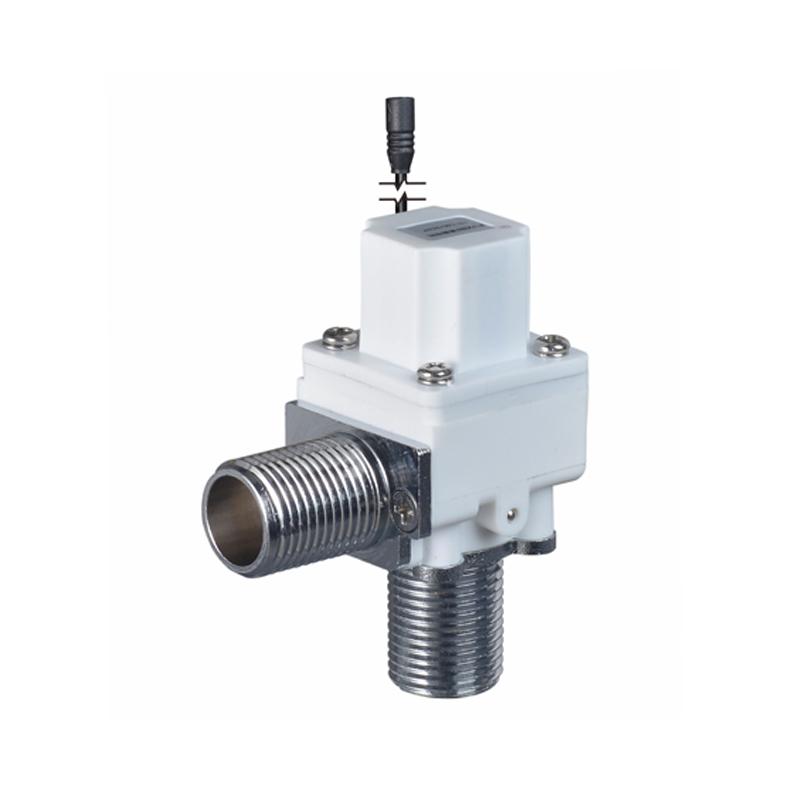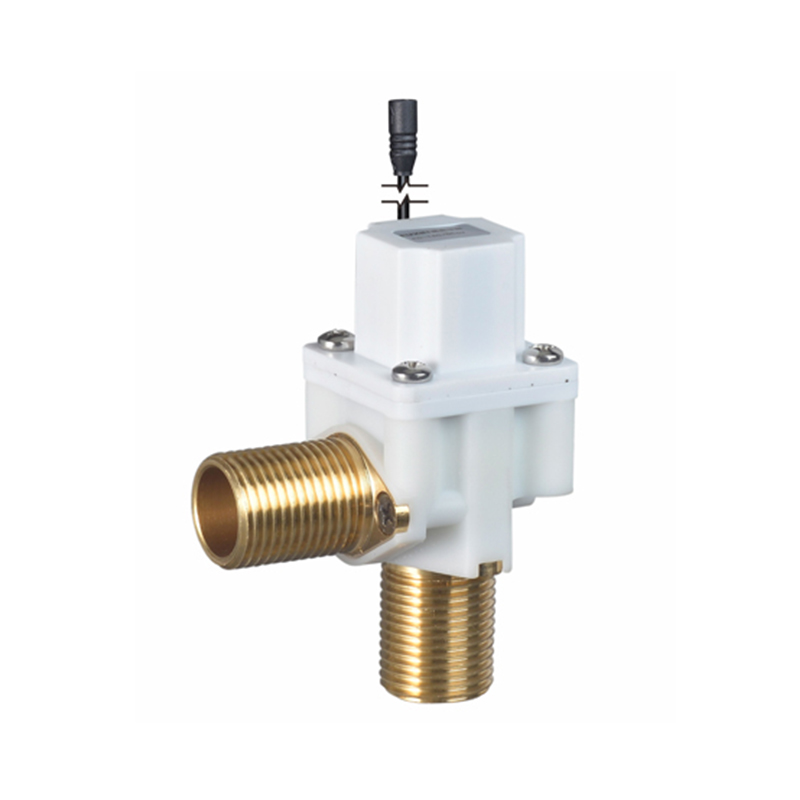In modern commercial and public restrooms, urinal solenoid valves play a crucial role in ensuring efficient and hygienic operation. These valves are essential components of touchless urinal systems, offering both convenience and water-saving benefits. Understanding what a urinal solenoid valve is, how it works, how to troubleshoot it, and how to replace it can help facility managers, plumbers, and homeowners maintain restroom systems effectively.
What is a Urinal Solenoid Valve and How Does It Work?
A urinal solenoid valve is an electrically controlled valve that regulates water flow in urinal flush systems. Unlike manual flush mechanisms, these valves operate automatically, often in combination with sensors. When a sensor detects the presence of a user or the completion of a previous flush cycle, it sends an electrical signal to the solenoid valve. This signal energizes the solenoid coil inside the valve, creating a magnetic field that moves the valve plunger, opening the valve and allowing water to flow into the urinal. Once the flushing cycle is complete, the solenoid de-energizes, and the valve closes, stopping the water flow.

This automatic operation not only provides hands-free convenience but also ensures consistent water delivery and minimizes wastage. The design and reliability of the urinal solenoid valve make it a standard choice for public restrooms, hotels, office buildings, and other facilities where hygiene and efficiency are priorities.
How Do I Troubleshoot a Malfunctioning Urinal Solenoid Valve?
Even though urinal solenoid valves are designed for durability, occasional malfunctions may occur. Common issues include water not flowing, continuous water flow, or delayed operation. Troubleshooting typically involves the following steps:
Check the Power Supply: Verify that the battery or electrical connection is functioning correctly. Low voltage or disconnection can prevent the solenoid from operating.
Inspect the Sensor: Dirt, debris, or mineral deposits on the sensor can prevent accurate detection, causing the valve to malfunction. Cleaning the sensor can resolve many issues.
Examine the Valve: Sediment or mineral buildup inside the urinal solenoid valve may block water flow. Carefully removing and cleaning the valve components often restores normal function.
Test Wiring and Connections: Loose or damaged wiring can interrupt the electrical signal to the solenoid, affecting operation. Ensure all connections are secure.
Replace the Valve if Necessary: If cleaning and checking connections do not resolve the problem, the solenoid valve may be defective and require replacement.
How Does a Urinal Solenoid Valve Contribute to Water Conservation?
A significant advantage of the urinal solenoid valve is its contribution to water conservation. By delivering precise, controlled flushes, these valves prevent unnecessary water waste. Unlike traditional manual flush valves, which may be left running or overused, solenoid-operated valves ensure that each flush uses only the required amount of water. Additionally, some advanced urinal solenoid valves feature programmable flush intervals, allowing facility managers to optimize water usage based on restroom traffic. Over time, these water-saving features can to substantial reductions in water bills and a smaller environmental footprint.
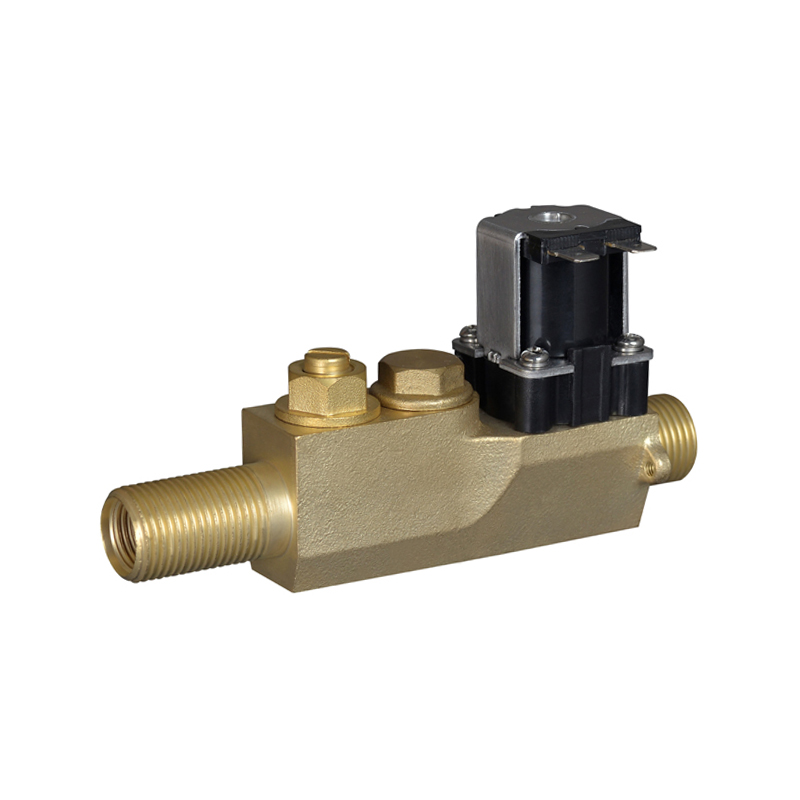
How Do I Replace a Urinal Solenoid Valve?
Replacing a urinal solenoid valve is straightforward if the proper steps are followed:
Turn Off the Water Supply: Before removing the valve, ensure that the water supply to the urinal is turned off.
Disconnect Electrical Connections: Carefully detach any wiring connected to the solenoid coil, making note of the connections for reinstallation.
Remove the Old Valve: Unscrew or unclip the valve from the plumbing, taking care not to damage surrounding fixtures.
Install the New Valve: Position the new urinal solenoid valve in place, secure it, and reconnect the plumbing and electrical connections.
Test the System: Turn the water supply back on and test the valve to ensure proper operation. Adjust flush duration or sensor settings if necessary.
The urinal solenoid valve is an essential component in modern restroom systems, providing hands-free operation, reliable performance, and water-saving benefits. Understanding how the valve works, knowing how to troubleshoot common issues, and learning the replacement process ensures that facilities maintain hygienic and efficient operations. By incorporating urinal solenoid valves, facilities not only improve convenience and cleanliness but also contribute to responsible water management.


 EN
EN English
English Español
Español
